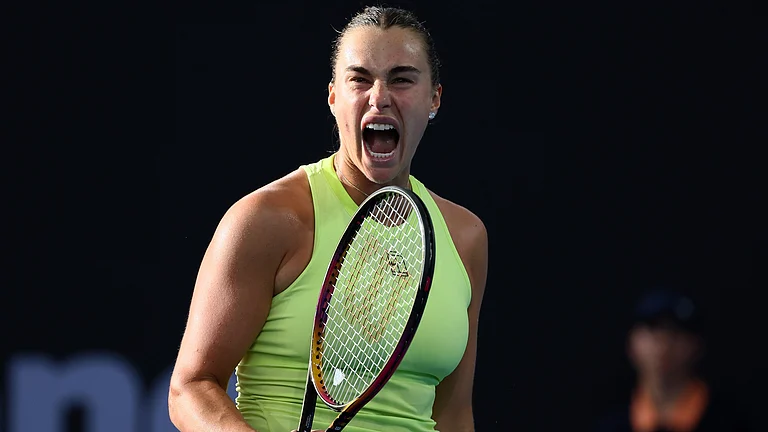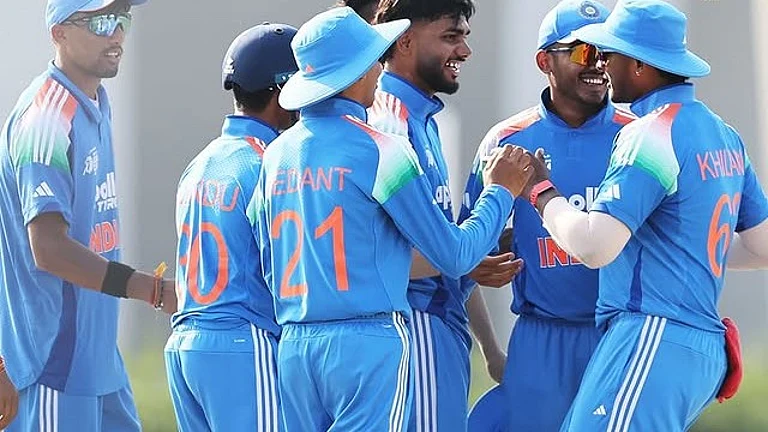Even before the new Lok Sabha started functioning, the PM called an all-party meeting on June 19 to discuss, among other things, the idea of “one nation, one election”. This hurry is baffling. While a number of parties abstained, a diversity of opinion was expressed by those who attended. The CPI(M) argued that holding simultaneous elections to three tiers together “would require tampering with the Constitutional scheme of accountability of the government to the legislature”. The BJD expressed strong support, while the AIADMK and YSR Congress expressed qualified support. It is clear that there is no consensus.
The issue was dwelt upon by the Law Commission in 1999, and the parliamentary standing committee in 2015 and the Election Commission of India supported it in principle. The idea, prima facie, is appealing for various reasons. First, the cost of elections. In 2019, it was a whopping Rs 60,000 crore, double of the 2014 elections. The seizure of drugs, cash, liquor and other freebies distributed to lure voters worth Rs 3,400 crore has doubled since the previous general election. Second, it is argued that there are frequent disruptions of normal development activities because of the model code. There is another big downside that the PM has not mentioned—casteism, communalism, corruption and crony capitalism are on full display in every election.
For the Election Commission, simultaneous elections are both convenient and logical as the voters, the polling booths, the poll staff and the security personnel are all the same. But the contrary views are equally strong. The vote is arguably the only power of the poor and frequent elections mean politicians have to show their faces to their voters regularly!
In the constitutional scheme of things, separate elections are consistent with a federal polity as local, state and national issues are equally important and must not be mixed up. Separate elections give space to regional parties to find their political voice. It seems inappropriate to subjugate the people’s mandate at the local level to the whims of the politics beyond. It is grassroots democracy in action, regardless of inconvenience to some.
The constitutional ramifications are extremely significant. In April 2018, the Law Commission concluded in a draft working paper that it would involve amendments to the Constitution’s articles 83, 85, 172, 174 and 356, and the 10th Schedule, besides the Representation of the People Act, 1951, and the Rules of Procedure of both the Lok Sabha and the Vidhan Sabha. These amendments can be legally challenged in the light of the doctrine of “basic structure of the Constitution” enshrined in the Kesavananada Bharati case of 1973.
Of the 17 Lok Sabhas so far, seven were prematurely dissolved (in 1969, 1980, 1984, 1996, 1998, 1999 and 2004). Governments have been more stable in more recent times due to the anti-defection law (1985) and the S.R. Bommai Case (1994), but stability is not guaranteed. How will simultaneous elections work if the Lok Sabha or a Vidhan Sabha is prematurely dissolved? Will all assemblies go to the polls again, or will there be prolonged spells of President’s rule?
It is suggested that every “no confidence motion” must carry with it a motion of “confidence in the alternative government”, as in Germany. It does not, however, address situations caused by the coalition partner(s) walking out.
Until a consensus is built, can we not look at practical alternatives to bring down costs and reduce the disruptions due to prolonged elections? The government can put a limit on the expenditure by parties. Prolonged disruption of development activities can be remedied by reducing the poll period to 30-35 days in a single phase election. Voters’ security is the only reason for staggered elections. Elections can happen even in a single day if approximately four times the central security forces are provided compared to what the Election Commission got in 2014.
The original proposal was for simultaneous polls to all three tiers—Lok Sabha (543 MPs, Vidhan Sabha (4,120 MLAs) and the panchayats/municipalities (30 lakh members). With panchayats quietly forgotten, and the Niti Aayog and the parliamentary standing committee suggesting polls in two bunches for the remaining two tiers every five years, the proposal is already too diluted to be top priority when key electoral reforms have been languishing.
(The writer is former chief election commissioner of India and author of An Undocumented Wonder: The Making of the Great Indian Election)


























